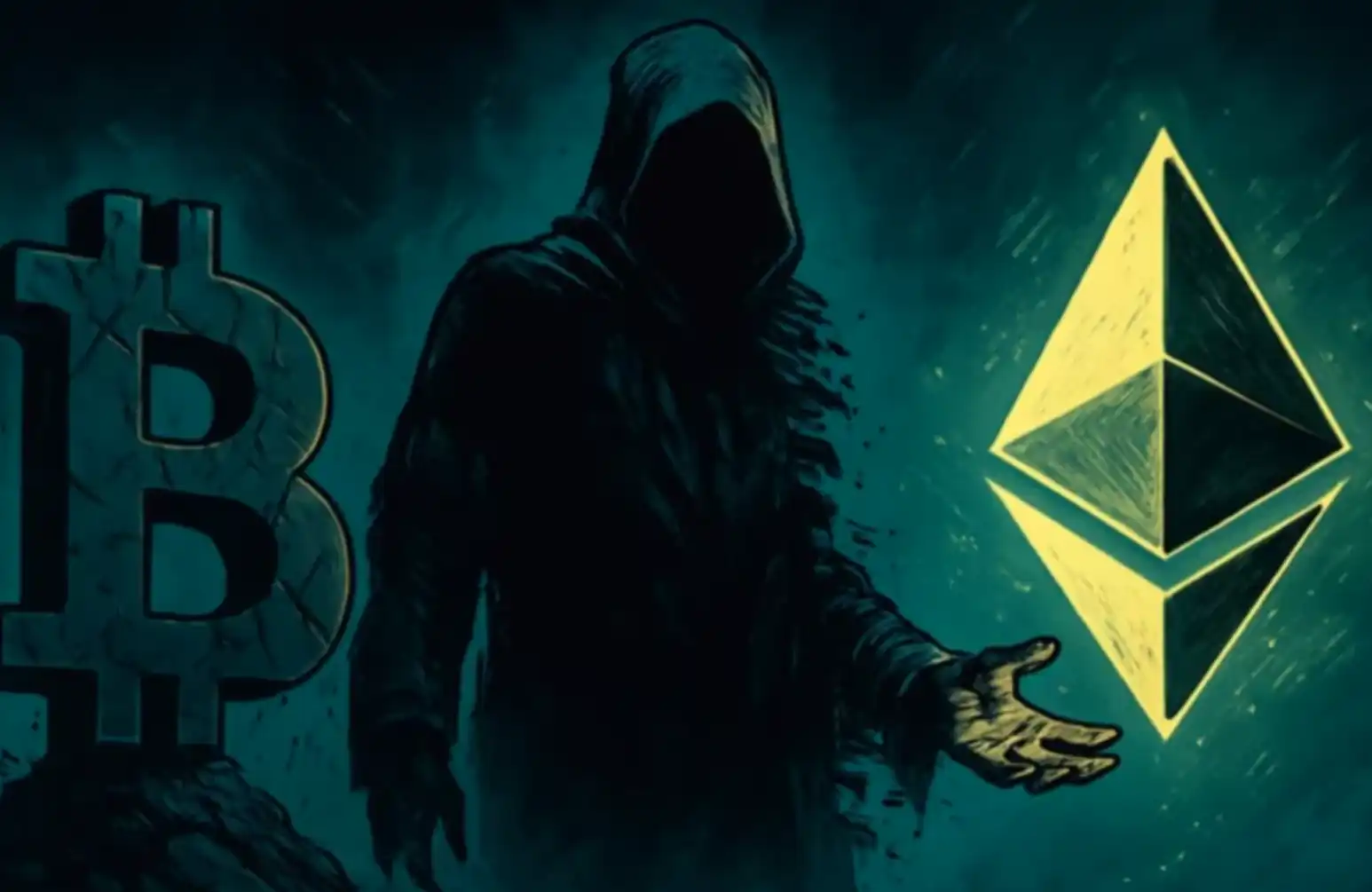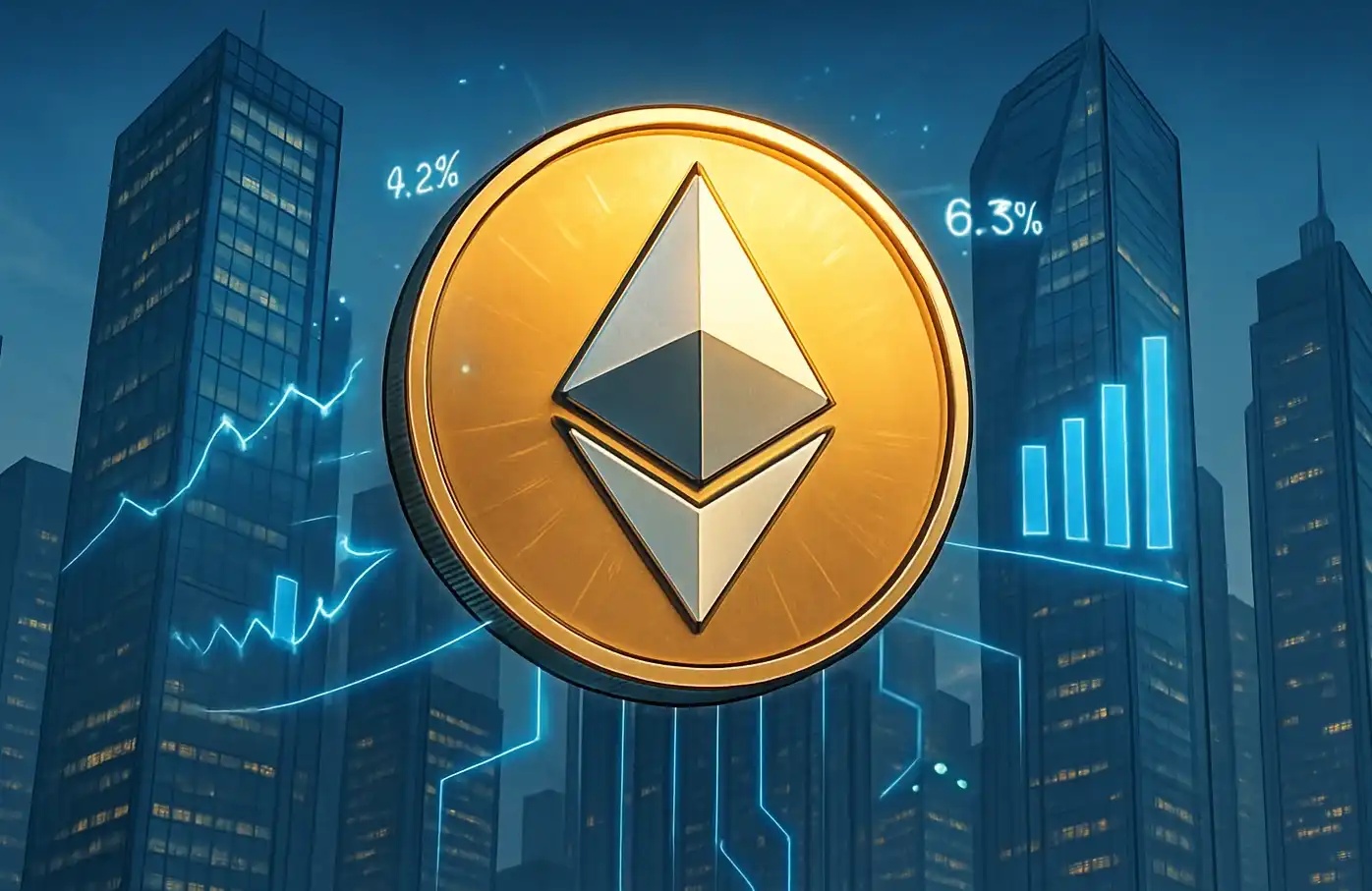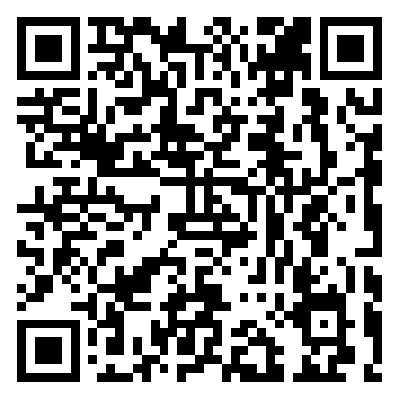Building the ERC-404, a Mythical 30x Pandora, how to address limitations post-innovation?
Original Title: "ERC-404 Semi-Substitute Token, True Innovation or False Hype?"
Original Author: HAMSTER, ChainFeeds
ERC-404 emerged suddenly, and Pandora skyrocketed. Several exchanges such as OKX and Binance have launched the ERC-404 section on their Web3 wallets.
Concept
ERC-404 is an experimental Ethereum token standard, aiming to combine the characteristics of both fungible tokens (such as ERC-20) and non-fungible tokens (such as ERC-721), creating a "semi-fungible token" that is both fungible and non-fungible depending on its use case or purpose. This token allows NFTs to be split and traded like ERC-20 tokens, with "graphical coin" dual properties, serving as both a graphic and a currency.
To understand ERC-404, take BAYC, Azuki and other blue chips as examples. The prices of these blue chips make ordinary retail investors discouraged, especially those with rare attributes, which are so expensive that they are not available on the market and difficult to circulate. With ERC-404, these expensive NFTs can be directly split into tokens and traded directly on DEX without waiting for buyers to place orders. The operation of ERC-404 is similar to dividing a picture into multiple parts, so that multiple people can jointly own a part of the picture.
Innovation Point
Pandora is the first token based on the ERC404 standard. Since its launch, the value of Pandora has grown rapidly, with its token price skyrocketing from less than $5000 to over $23000 in a short period of time. Its market value is close to $200 million, demonstrating the market's interest and potential confidence in this new standard. However, as an experimental standard, ERC404 is still in its early adoption phase and is undergoing rigorous testing to ensure its robustness and reliability.
ERC-404's innovation is reflected in the following aspects:
Conditional substitutability: A key innovation of ERC-404 tokens is their conditional substitutability. This means that these tokens can act as fungible assets under specific conditions, while behaving as non-fungible assets under other circumstances. This flexibility expands the use cases of the tokens, making ERC-404 tokens more widely applicable in various blockchain applications.
Enhanced Practicality: By introducing semi-fungible tokens, ERC-404 increases the practicality of tokens and provides new token opportunities. This includes partial ownership of NFTs or dynamic assets that change over time. For example, an ERC-404 token can represent partial ownership of a piece of art, allowing multiple users to share ownership of this valuable digital asset.
Improve market liquidity and reduce entry barriers: By allowing the division of NFTs, ERC-404 tokens help improve the liquidity of the NFT market and reduce the barriers faced by potential investors. This splitting mechanism makes high-value digital assets more accessible, thereby attracting a wider audience to participate in the NFT market.
Token minting and burning process: ERC-404 involves the process of token minting and burning, allowing for partial transfer of ownership of NFTs. When purchasing an ERC-404 token, an NFT associated with it is minted in the buyer's wallet. Similarly, when there are not enough coins in the wallet to form a complete token, the corresponding NFT will be burned, and when enough shares are accumulated in the wallet to form a complete token, a new NFT will be automatically generated. This mechanism provides an innovative way for exchange and interaction with NFTs, increasing market activity and inclusiveness.
Perhaps someone may ask, how does ERC-404 handle NFTs with rare attributes?
For NFTs with rare attributes, ERC-404 proposes an innovative handling method, with the Pandora project being a typical case. Under this framework, each ERC-404 token is bound to a unique Replicant box NFT with a different rarity color. When purchasing ERC-404 tokens, the system randomly generates a box NFT associated with it, with different colors reflecting different levels of rarity. This not only increases the liquidity of NFTs, but also provides buyers with a new way to increase the rarity of their collection by selling tokens and re-minting NFTs.
Specifically, ERC-404 allows users to evaluate the rarity of the NFT obtained after the initial purchase of the token, and "re-draw" the characteristics of the NFT by transferring the token to a new wallet in order to improve its rarity. This mechanism not only promotes token trading activities on DEX, but also creates additional revenue opportunities for liquidity providers.
However, this mechanism for handling rare properties also brings some challenges, such as how to maintain the value of rare NFTs during the recasting process, and how to balance the market's demand and evaluation of NFTs with different degrees of rarity. These considerations need to be addressed and balanced in the further development and practice of the ERC-404 standard.
Limitations
Despite offering many innovative application possibilities, ERC-404 also faces some limitations and challenges.
1. Code Risk: Audit firm Beosin conducted a detailed analysis of the design mechanism of ERC-404 and the contract code of ERC-404 v2, stating that although the v2 contract has added support for EIP-2612 and improved casting and destruction logic, there are still risks: the whitelist function may bring centralization issues or the possibility of abuse; developers or users may make mistakes when calling transfer functions; there is still much room for improvement in gas optimization; and there is a lack of emergency pause function. Therefore, the development team needs formal verification and manual audit by security experts to ensure that the code has no logical loopholes.
2. Lack of official recognition: ERC-404 is not an officially recognized token standard by Ethereum, which increases the risk because this standard has not undergone strict scrutiny through the EIP process. This process provides security, practicality, and compatibility guarantees for community discussion and review. At the same time, the experimental label of ERC-404 itself is a risk. This status means that the standard is still in the development stage and may undergo significant changes. Projects that adopt ERC-404 may face challenges in adapting to these changes, resulting in instability or compatibility issues.
3. Potential Utilization Risks: A developer named "quit" has suggested that if ERC-404 standard NFTs are placed in lending protocols that are not properly adapted to their unique requirements, there may be a risk of NFT theft. This point emphasizes the need for strict configuration and compatibility checks when integrating experimental standards into a wider ecosystem to prevent such vulnerabilities. Additionally, because the ERC-404 standard is informal and eager to be put into production, there may be a wave of non-innovative projects, rug pulls, and other malicious behaviors that take advantage of the ERC-404 hype.
4. Integration Challenge: Integrating the characteristics of fungible and non-fungible tokens in ERC-404 may pose difficulties for platforms and protocols built on existing standards. These obstacles may limit the efficiency and effectiveness of projects using ERC-404.
Based on ERC-404 Extension
1. PORTAL404
PORTAL404 is a project based on the ERC-404 v2 standard, which has launched a series of portals with rich interactive interfaces to enhance user experience and simplify the transaction process. Although ERC-404 v2 introduces features such as high liquidity, fragmentation, and reset, the rapid development of this technology also brings new complexity and risks, such as managing multiple dApps and interfaces, and uncertainty about which NFT will be destroyed or transferred. To address these challenges, PORTAL404 introduces the ERC-5169 standard - by calling the corresponding token front-end through the token contract, it provides token interfaces, supports ERC-404 token holders to view complete data associated with each token's NFT, ERC20, and ERC721 on the same interface, including balance, owner, market price, contract, etc., and allows interaction with external contracts, such as increasing leverage through the Wasabi Protocol, conducting trading analysis using Candlestick, or monitoring trading pairs through the Floor Protocol.
Overall, the PORTAL404 project provides advanced control and security for NFT and token holders by combining the ERC-404 and ERC-5169 standards.
2. DN-404
DN-404 is a supplement and improvement to the ERC-404 standard, launched by developers cygaar and quit, aimed at solving the problem of rising Ethereum network fees caused by ERC-404. DN-404 is called "Divisible NFT-404", which is different from ERC-404's attempt to merge NFT and token functions in a single contract. DN-404 uses two separate contracts: a standard ERC-20 token and a mirrored ERC-721 NFT. Developers believe that this separation method can reduce potential security risks, follow established standards, and ultimately simplify the process. However, DN-404's code has not yet been audited, so there are inherent risks when using it.
The proposal of DN404 standard is to solve the efficiency problem of ERC-404. This new proposed "Divisible NFT" standard aims to allow NFT holders to trade the divided parts of NFT with others. Developer cygaar explained on social media that their ultimate goal is to create an NFT standard with native splitting function.
3. Smart Layer
Previously, we conducted a detailed analysis and introduction of Smart Layer's TokenScript and ERC-5169: TokenScript is a programming interface designed specifically for tokenization proposed by Smart Token Labs in 2019. This interface not only helps users access all the functions of the token, but also allows for the creation of more advanced, complex, and flexible "user token" interactions. In order for tokens to interact with various services and applications in the Web3 ecosystem, Smart Token Labs proposed the Ethereum standard ERC-5169 (which has become Final) in May 2022. This standard introduces the concept of executable scripts, enabling tokens to carry their own logic and behavior and have stronger interaction capabilities. TokenScripts can be embedded in tokens according to the ERC-5169 standard, allowing tokens to exhibit dynamic behavior when interacting with various services and platforms.
Smart Layer has recently launched an upgraded version of the ERC-404 application. Based on the ERC-404 V2, ERC5169 and TokenScript have been added to the ERC404 token as the token front-end, helping users to operate ERC404 tokens more securely and conveniently, making transactions safer, frictionless, and even further increasing liquidity. However, cryptocurrency researcher Haotian analyzed that "Smart Layer actually has nothing to do with ERC-404. The goal of ERC-404 is to provide basic functionality for tokens to have corresponding NFT images, while Smart Layer is a set of standards that integrates ERC-5169 and TokenScript, essentially achieving programmable execution properties for FT tokens."
Summary
Welcome to join the official BlockBeats community:
Telegram Subscription Group: https://t.me/theblockbeats
Telegram Discussion Group: https://t.me/BlockBeats_App
Official Twitter Account: https://twitter.com/BlockBeatsAsia


 Forum
Forum Finance
Finance
 Specials
Specials
 On-chain Eco
On-chain Eco
 Entry
Entry
 Podcasts
Podcasts
 Activities
Activities
 OPRR
OPRR









